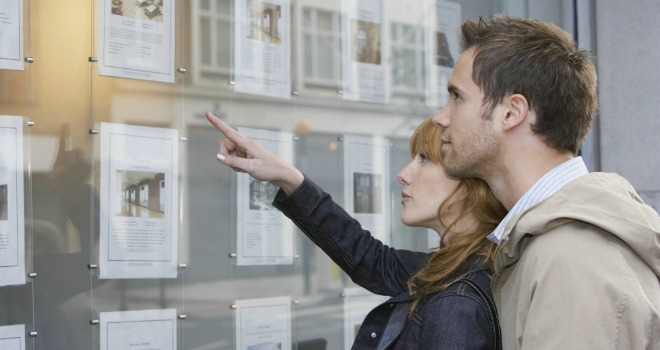
Last week, the government released its latest house price index providing the first concrete view of the market in September of this year when the curtain finally fell on the stamp duty holiday. GetAgent analysed house price growth across the nation prior to the initial introduction of the stamp duty holiday (June 2020) up until September of this year.
The research shows that the average homebuyer in England is now £37,156 worse off thanks to the stamp duty holiday, with the average house price climbing by 14.8% across the nation since it launched in July of last year.
Largest regional increases
Of course, this increase has been far more pronounced in some regions compared to others. In the North West, house prices have climbed 20.7% as a result of the stamp duty holiday.
In the North East, house prices are up 17.8%, with the East Midlands seeing a jump of 16.5%.
London is the only region to have not seen double-digit house price growth during the stamp duty holiday. House prices in the capital climbed by just 5.7% between June 2020 and September of this year.
The South East is the region to have seen the largest monetary increase, with the average house price now £48,862 higher thanks to the stamp duty holiday.
Largest increases at local and unitary authority level (%)
Homebuyers in Melton are now facing the toughest task of climbing the ladder in a post stamp duty holiday market.
House prices in the area have increased by 34.5% thanks to the stamp duty holiday, with Hyndburn (30.8%), West Devon (26.9%), Hartlepool (26.6%) and Rossendale (25.8%) also seeing some of the largest percentage increases in property values.
Largest increases at local and unitary authority level (£)
While London may have seen the smallest percentage increase in house prices, the capital accounts for the top three areas to have seen the largest monetary increase during the stamp duty holiday.
In Hammersmith and Fulham, house prices have climbed by £120,213. In Haringey, they’ve also increased by more than £100,000, up by £112,445 and In Kensington and Chelsea, they have risen by £84,567.
Outside of the capital, Tandridge has seen the largest jump at £83,608.
Colby Short, Founder and CEO of GetAgent.co.uk, commented: “Reviewing the results of yet another demand focussed government initiative is the property market equivalent of Groundhog Day.
"Their failure to address supply while dangling a cost-saving carrot in front of homebuyers inevitably, and quite ironically, does a lot more harm than good when it comes to the hot topic of property affordability.
"Many will be wondering whether it was really worth it? The industry is still struggling to clear the huge backlog of transactions which has caused lengthy delays to transaction times. To run salt in the wound, those now entering the market are facing a considerably tougher task as a result of the astronomic levels of house price growth seen since summer of last year.
"Of course, for those already on the ladder this high rate of house price growth will be warmly welcomed and current market conditions are ideal for those thinking about selling their home.”





